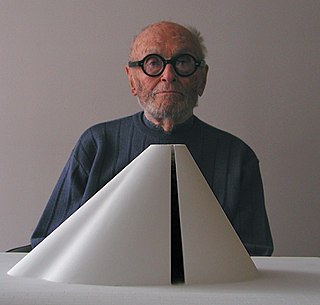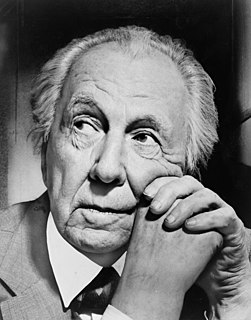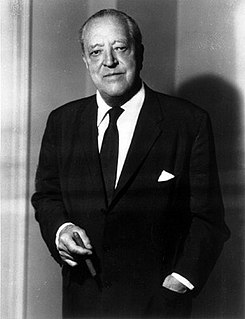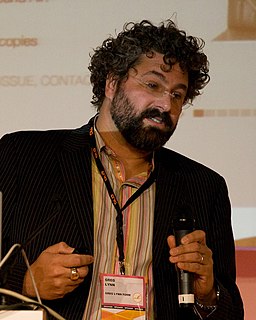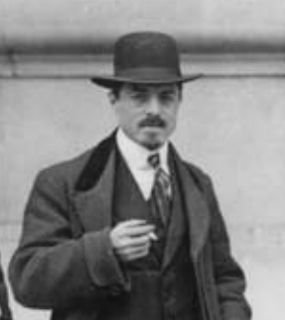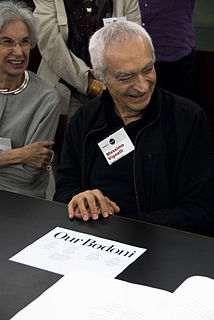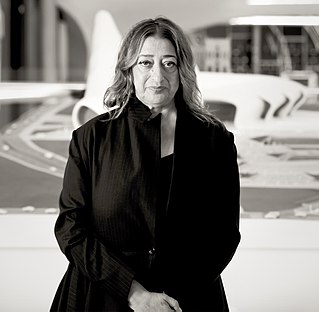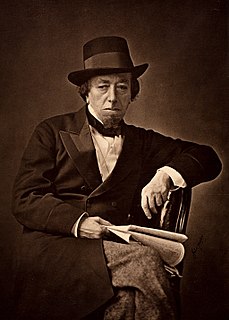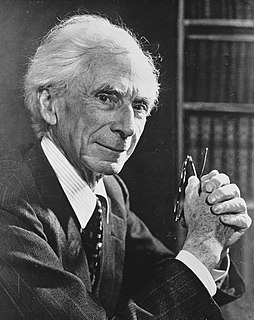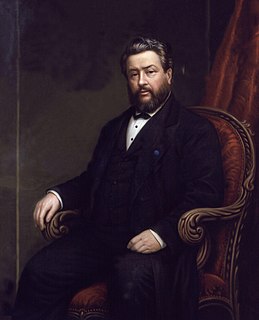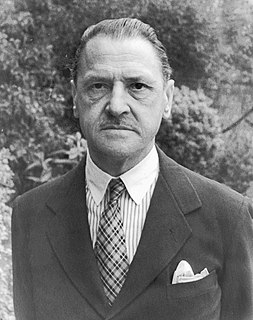A Quote by Brian Foote
Architecture is a hypothesis about the future that holds that subsequent change will be confined to that part of the design space encompassed by that architecture.
Quote Topics
Related Quotes
When we come to understand architecture as the essential nature of all harmonious structure we will see that it is the architecture of music that inspired Bach and Beethoven, the architecture of painting that is inspiring Picasso as it inspired Velasquez, that it is the architecture of life itself that is the inspiration of the great poets and philosophers.
Architecture is inherently a totalitarian activity. One thing we hate about it is that when you design a space, you're probably designing people's behavior in that space. I don't know if we know how to change that, but our goal is to make spaces for people rather than people being subservient to spaces.
To go back to architecture, what's organic about architecture as a field, unlike product design, is this whole issue of holism and of monumentality is really our realm. Like, we have to design things which are coherent as a single object, but also break down into small rooms and have an identity of both the big scale and the small scale.
To go back to architecture, whats organic about architecture as a field, unlike product design, is this whole issue of holism and of monumentality is really our realm. Like, we have to design things which are coherent as a single object, but also break down into small rooms and have an identity of both the big scale and the small scale.
It was very definitely architectural. I was using the words on the page as some kind of equivalent of a physical model. But I never thought at that point that I wanted to move toward architecture. I wanted to move toward real space. Sure, that's probably another way of saying, I want to move toward architecture. But I didn't define real space in terms of architecture, then.
When we talk of architecture, people usually think of something static; this is wrong. What we are thinking of is an architecture similar to the dynamic and musical architecture achieved by the Futurist musician Pratella. Architecture is found in the movement of colours, of smoke from a chimney and in metallic structures, when they are expressed in states of mind which are violent and chaotic.
I started to begin to be interested in architecture and design when I was 14 years old, which was pretty early in life. And then I would start to look at architectural magazines and I eventually went to the school of architecture too, but one of the things I learned very early is that an architect should be able to design anything from a spoon to the city.

